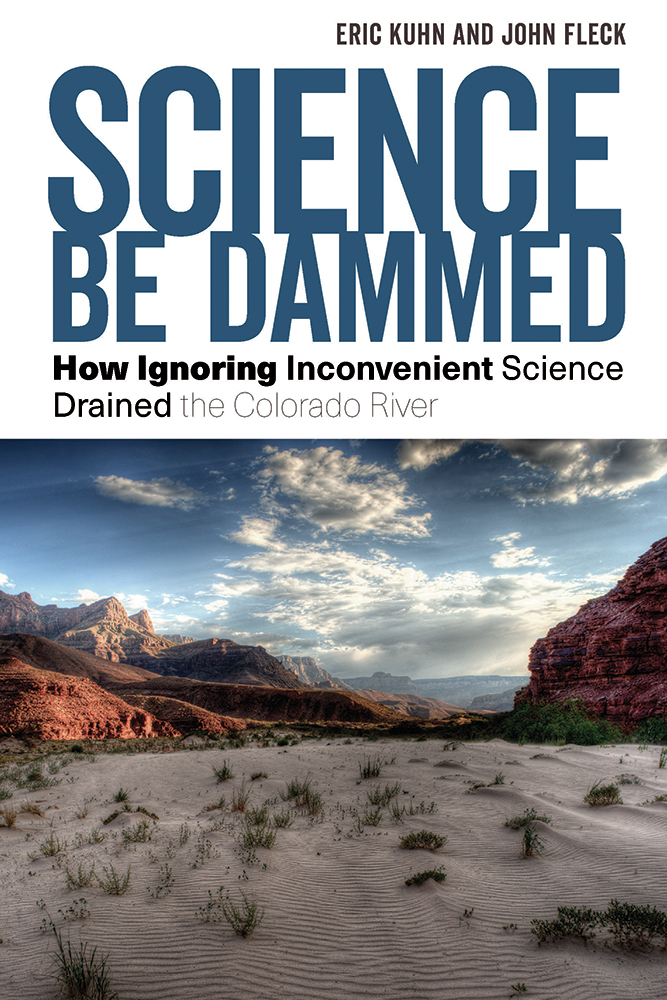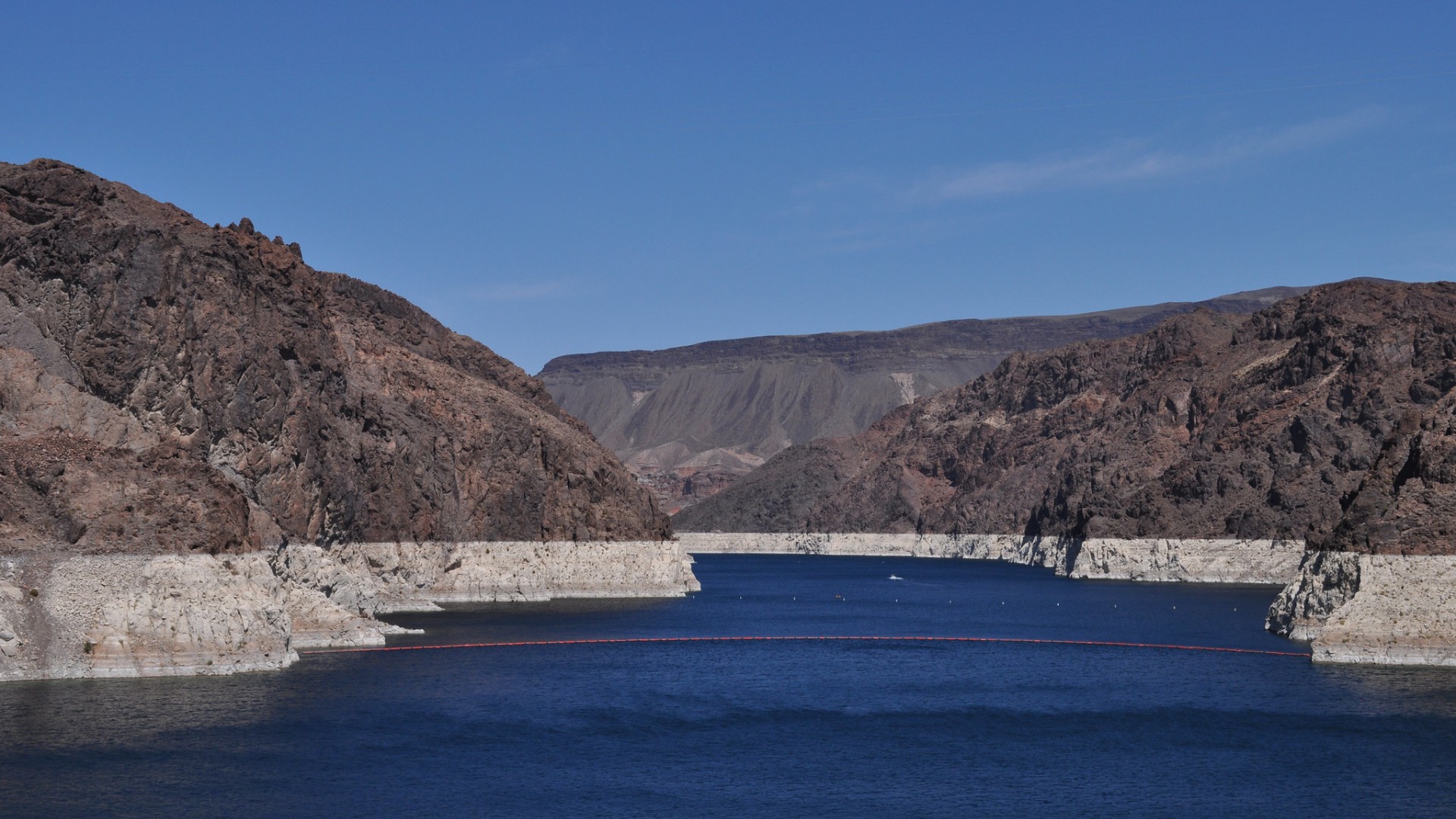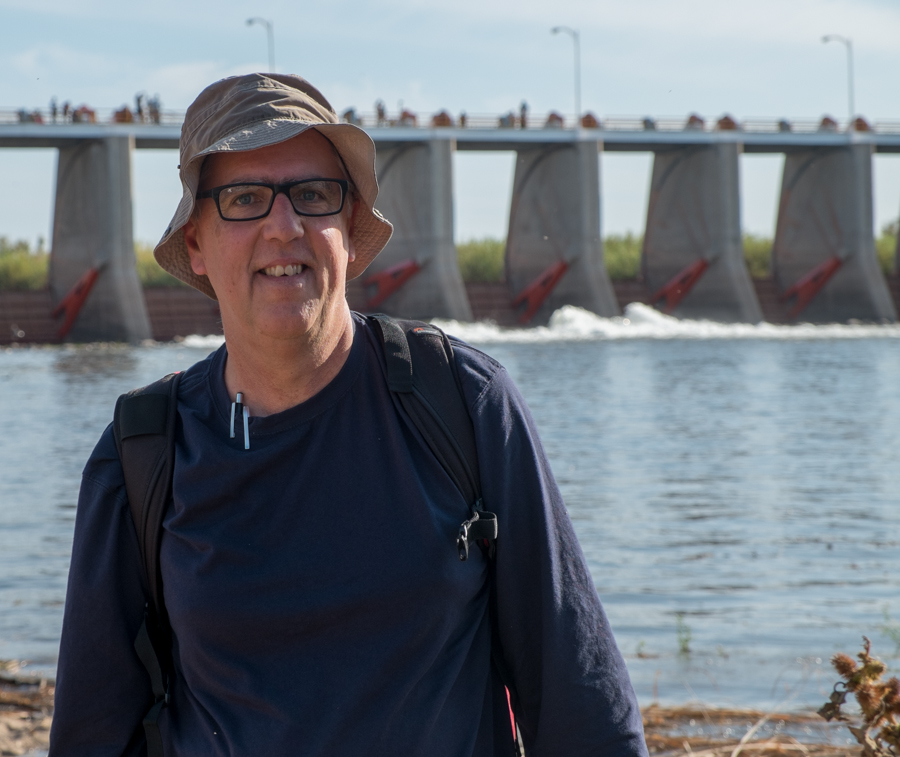TUCSON, Ariz.— In late October we joined a group of academics and water managers who gathered at the University of Arizona to hash over a pressing set of questions: As water scarcity overtakes the Southwest, what do we know about the Colorado River, and what do we need to know?
The meeting was a far cry from the way participants’ forebears approached this question nearly a century ago, when the leaders of the seven U.S. states that must share the Colorado River’s precious waters gathered in Santa Fe, New Mexico, to hash out the final details of the Colorado River Compact.
The negotiators famously brokered a deal allocating far more water than the river has to offer — a deal we’re paying the price for today.
“They had a glaring need for sound information,” the Colorado River historian Norris Hundley wrote in his book Water in the West, “but no concerted attempt was made to call on the scientific community for help…. Without authoritative data, they had an opportunity to pick and choose information that best suited their interests and uncertainties. And that is what they did.” 
The conventional story of how this happened, enshrined in Marc Reisner’s seminal 1986 book Cadillac Desert, is that in overestimating the available supply of water, the authors of the 1922 Compact did the best with what they had — “about 18 years of streamflow measurement … During all of that period, the river had gone on a binge.” Our great misfortune, that conventional story would have us believe, was that the compact’s framers could not have known that they were allocating the water during unusually wet times.
In our new book Science Be Dammed: How Ignoring Inconvenient Science Drained the Colorado River, we argue that the story is more complex than it appears in Reisner’s telling, in ways that are important as we struggle with the river’s overallocation today.
Returning to the seminal 1916 hydrologic analysis of U.S. Geological Survey hydrologist Eugene Clyde LaRue, we argue that the decision-makers actually had available — had they chosen to use it — a relatively thorough, complete and almost modern picture of the river’s hydrology. They had available — but chose not to use — data suggesting a much smaller river in the years prior to the 18 years on which they were relying. Had they taken the science seriously, they almost certainly would have had to admit that the Colorado contained less water than they were assuming in making their rapid plans for its use.
LaRue was not alone; others agreed with his conclusion of a smaller river, including Herman Stabler of the U.S. Geological Survey and retired military engineer William Sibert, who reviewed the Compact’s allocations for the U.S. Congress in the months before the pact’s final ratification.
The problem in the 1920s was neither the lack of good science nor the inability of decision-makers to understand the basin’s hydrology. They were intelligent, skilled professionals — but they were motivated by the narrow interests of their own states and agencies. In an era driven by politics of competition for a limited supply of river water and federal dollars, those decision-makers had the opportunity to selectively use the available science as a tool to sell their projects and vision for the river’s future to Congress and the general public.
Their choice to do so would color most of the major policy decisions on the river, setting a precedent that would hold for decades as succeeding decision-makers also selectively used or ignored the available science
Today the Colorado River is fully used — most would say overused. Not a drop of its water reaches the Sea of Cortez unless by careful design, as happened in the spring of 2014 with an experimental environmental “pulse flow.” Demands for the river’s waters already exceed the available supply, a situation that will only grow more difficult with continued growth and the impacts of climate change.
“To study the past,” wrote historian Jill Lepore in her 2018 book These Truths, “is to unlock the prison of the present.” We wrote this story not simply to correct the historical record but because we believe it should inform our future decisions.
When LaRue wrote in 1916 — before the Colorado River Compact, before Hoover Dam, before all the development that was to follow — that “the flow of the Colorado River and its tributaries is not sufficient to irrigate all the irrigable lands lying within the basin,” he prefaced his observation with a caveat. “More complete data,” he wrote, “would probably indicate a greater shortage in the water supply available” (emphasis added).
LaRue’s first point is easy to grasp: There simply wasn’t enough water. But his second point may be the more important — the need for humility in the face of uncertainty. The need to build that humility and uncertainty into the institutions we construct to use and manage the river.
That’s the challenge before us now. There is, in fact, less water. Our best modern understanding suggests LaRue, Stabler and Sibert were right — that there probably always was less. But with climate change it’s crystal clear, and the best science of the first decades of the 21st century suggests we don’t know how far below us the floor lies.
As water-management communities proceed after October’s meeting, we must learn from our mistakes and move forward without ego, without cherry-picking the science that fits our arguments, and with an expectation that future events will create an uncomfortable lack of certainty. Only then can we prepare and adapt for a more parched world, address the question of what comes next, and begin to correct the mistakes made by our predecessors.
Based on an excerpt from the just released book Science Be Dammed: How Ignoring Inconvenient Science Drained the Colorado River.
![]()




1 thought on “‘Science Be Dammed’: Learning From History’s Mistake on the Colorado River”
Comments are closed.